
Friday, October 30, 2009
Open Office for Kids

Wednesday, October 28, 2009
9 Keys to Teaching a Successful Lesson

Monday, October 26, 2009
TechForum NE 2009 was great!

Thursday, October 22, 2009
FETC Virtual Conference Fall 2009 is OPEN NOW!

You can register for it here and get more information.
I highly recommend it to anyone interested in learning more about educational technology and how it can improve teaching and learning. I "attended" last year's and got a lot of great information and resources, as well as making some connections with colleagues from all over the world.
Open Culture - 50 Intelligent Video Sites

Wednesday, October 21, 2009
35 Educational Games and Resources

21st Century Skills and Education

Tuesday, October 20, 2009
Chemistry Resource - The Element Song


Calculus Lifesaver

Flying Firsts


Web 2.0 Cool Tools for Schools

Monday, October 19, 2009
PowerPoint Tutorial
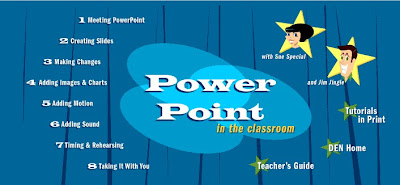
Google Accessibility

Friday, October 16, 2009
Virtual, LIVE, College Fairs
 Not every student can visit every college they want to. Not every college will show up at the local college fair. College fairs can be noisy, crowded, and difficult to navigate. Some students get too nervous to talk to college reps at a fair. So skip them and try a virtual, live college fair instead.
Not every student can visit every college they want to. Not every college will show up at the local college fair. College fairs can be noisy, crowded, and difficult to navigate. Some students get too nervous to talk to college reps at a fair. So skip them and try a virtual, live college fair instead. 

Disney Planet Challenge

Getting Started with Educational Technology

(cross posted at Tech&Learning.com)
Thursday, October 15, 2009
UPDATE to "Play YouTube Videos in Classroom"
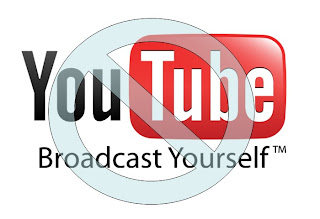
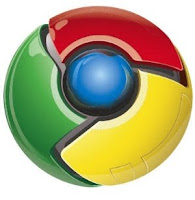

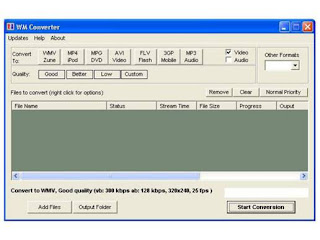
Another script you can use in Google Chrome is:
To install the script, right click on the shortcut bar in Chrome, then click "Add Page" and then name the shortcut something like "Download Video". Then paste the script into the URL field and then click"ok".
This script will allow you to download any video on a web site.
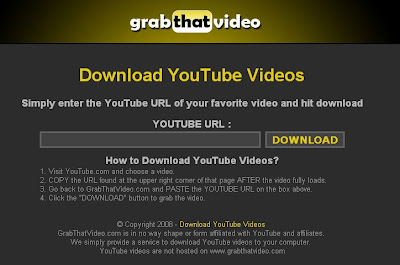
Wednesday, October 14, 2009
Some more great Resources from Free Tech 4 Teachers

A great resource for teachers

Getting started with Blogger and Google Sites
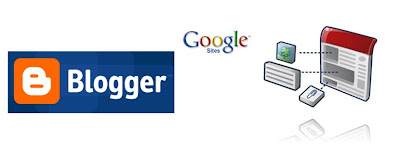
Convert Video Files to DVD

- Make sure video is in Windows Media Player format (WMV)
- DVD Flick > Add Title to convert to DVD file and folder structure
- Keep adding video files until done, or DVD is full
- Select Destination Folder
- "Create DVD"
- ImgBurn > "Write Files/Folders to Disc"
- Browse for folder - DVD with Audio and Video subfolders that you saved DVD files to in step 4
- Insert blank DVD and select "Build It"
Phone Number Dialing Change for Connecticut Reminder

Tuesday, October 13, 2009
Great idea for technology and kids

Thursday, October 8, 2009
WPI Open House

WPI to Host Columbus Day Open House for High School Students
Worcester Polytechnic Institute's Office of Admissions offers several ways for high school students and their families to learn more about the university and see the beautiful campus. One way is through Open House events, where high school students can get a comprehensive look at campus, including academics, student life, athletics, admissions, and financial aid. Through this experience, prospective students also have the opportunity to ask questions of staff, faculty and students. The next Open House will be held on Columbus Day, Monday, Oct. 12, from 8:30 a.m. to 3 p.m. The agenda for our October Open House is available. Please note that sessions and locations may change before the event, and prospective students should obtain a printed copy of the agenda upon their arrival.
Check-in for the Open House is at Harrington Auditorium.
Please pre-register for your Open House visit. If you are unable to attend one of the Open Houses, you may consider WPI's other opportunities to visit.
We look forward to seeing you on campus!
Wednesday, October 7, 2009
Engineering Resources














